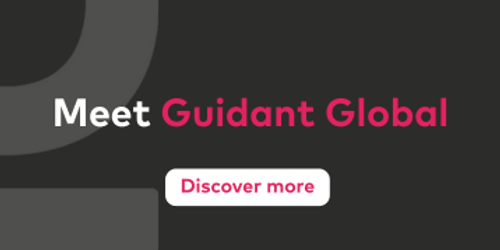
Diversity in contingent workforce management: developing a successful ED&I strategy
As regular readers of our blog will know, we’ve highlighted before how important equality, diversity and inclusion (ED&I) is to building a ‘better normal’. And while most HR teams have built an ED&I strategy into their permanent hiring strategies, few have given their contingent and external workforce the same focus.
But with reliance on this segment of the workforce growing in today’s COVID-hit environment, ensuring diversity is built into the contingent workforce is key.
Driving diversity in contingent workforces: adapt planning needs
If we look back at how contingent workers were engaged last year, it’s clear that many businesses took a ‘fire-fighting’ approach, scaling resources up and down according to economic trends. While we certainly don’t see this as a viable long-term approach, we also don’t think a return to more rigid ways of working would be good for many employers.
Why? It’s simple: strategies that are future proof will need to make better use of external workforces. And to make best use of this segment of the workforce and ensure ED&I strategies are being fully embedded into the attraction process, pre-pandemic ways of working must be reviewed and improved.
Using recent learnings to work smarter in 2021 and beyond
Decision-makers must assess the lessons learned over the last year and feed this into strategic resource planning. Crucially though, businesses must do more than simply recruit more contingent staff in order to really make this segment work.
Instead, they will need to establish a framework and governance for the effective management of their full range of people resources. Also, engaging more closely with the recruitment supply chain will drive success, as well as the equality, diversity and inclusion agenda. Which leads quite nicely into our next key tip.
Finding the right partners
Effective management of the external and contingent workforce involves partnerships with multiple vendors, suppliers, Managed Services Providers and Vendor Management Systems. To achieve better diversity in your contingent workforce, the external partners you work with need to be aligned with your firm’s own ED&I strategy.
At Guidant Global, we strive to create change within our industry and help our clients lead the way within theirs by having an open and flexible approach to recruiting from a wide talent pool. We work with our clients, suppliers and industry partners to open doors for people historically overlooked by the recruitment sector. We’re experts in delivering diversity and inclusion initiatives across many disadvantaged groups and have taken the lead on disability inclusion within the recruitment industry.
Partnering with external vendors, suppliers and MSPs that act in line with their ED&I agendas will help employers nurture diversity in their contingent workforces.
A global approach
Pre-pandemic, location was one of the most critical factors affecting staffing strategies. The general acceptance of remote working practices has broken down many geographical barriers and ‘globalised’ contingent talent pools, which should be a boost for equality and inclusion. Employers now recognise that staff don’t need to sit together in the same physical structure to deliver great results.
If HR teams are to capitalise on these positive changes in attitudes towards remote working, both now and in the longer term, plans need to have a global focus sooner rather than later.
Skills-based hiring
In another barrier-breaking move, this shift toward more flexible working has changed how employers view contingent workforce management (CWM). We’ve seen a move towards skills based contingent-sourcing, without the geographical caveats, as well as a shift towards output-based CWM.
Businesses are now less focused on the number of hours or days contingent workers will be engaged for. Instead, they’re looking to outsource results – often under a statement of work (SOW). Under an SOW, how and when the work is carried out is less important than simply achieving the result itself. This shift in mindsets will undoubtedly bolster equality, diversity and inclusion, as limitations around how individuals deliver work are lifted.
Employer branding implications
As the workforce evolves, the corporate culture that supports it will have to evolve too. This means there’s a growing need to establish a credible employer brand identity. Truly savvy employers are already adapting and leveraging their employer brand to attract higher quality, flexible non-employee talent. This trend will only strengthen as competition for top contingent expertise grows.
A diverse future
The value of the contingent workforce will only continue to increase as we emerge from the global pandemic. For HR teams, now really is the time to ensure diversity strategies capture external workforces. Those that do will be best placed to thrive in the future, and position their business as a leader in its field.
To find out more about Guidant Global, contact the team today.
Australia
Suite 1403, Level 14
309 Kent Street
Sydney
NSW 2000
United Kingdom
United States
27777 Franklin Road
Suite 600
Southfield
Michigan 48034



